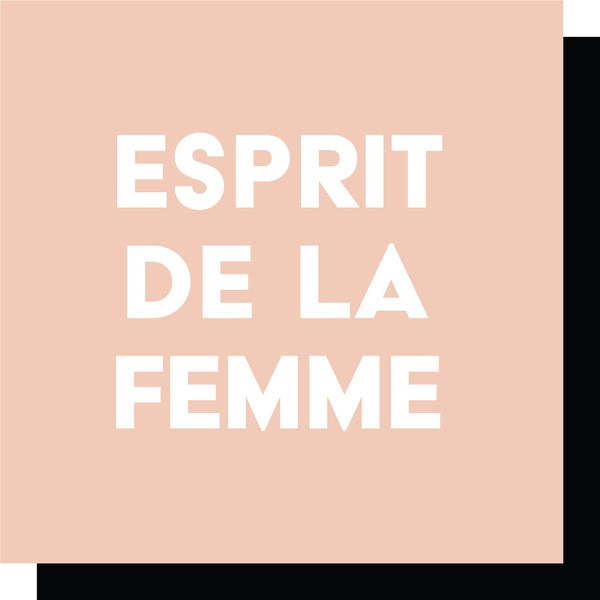
Bra Cup Problems and How to Solve Them
Share

Frank:
"How long it takes to find a bra? What's going on in there? You ask me to get a pair of underwear, I'm back in two seconds...you know about the cup sizes and all? They have different cups."
George:
"I know about the cups!"
Frank:
"You got the A, B, C the D. That's the biggest."
George:
"I know the D is the biggest. I've based my whole life on knowing that the D is the biggest!!!"
While Frank was completely wrong about cup sizes, he's right that bra sizes are a little more complicated than underwear. The social norm tells us that a D is a large cup size, when in fact it's actually smaller than the average. If you've never had a bra fitting, and consider yourself busty, it is likely you'll need to go up several cup sizes. Don't let the letters scare you! We carry European brands up to size K... yes, K!
Below are the most common bra fit problems cause by wearing the wrong size cup. We also have a blog post all about your bra band. Have you ever experienced any of these common issues?

Bra Cups Stick Out or Feel Empty
Cups that are too large will not properly support and lift your breasts. Cups that gap, wrinkle or sag create an unappealing appearance. This puckering will show under clothing.
Before assuming the cups are too big, the first thing is to be sure ALL of your breast tissue is in the cup, and not hiding behind or under the wire.
How? We call it the swoop and scoop: Lean forward and sweep your breast forward with your opposite hand while pulling the wire back under your arm with the other hand. Repeat with the other side. If your cups still appear too big, try a smaller cup size (34F > 34E)
 Breasts Overflow the Bra Cups
Breasts Overflow the Bra Cups
The dreaded "double boob" is the most common complaint we see when wearing cups that are too small. They can pinch or squeeze your breasts, causing them to spill from the top of the cup or beneath the underwire.
Try a larger cup size. If 34D is too small in the cup, try 34E (not 36D.)
Perfectly fitting cups should have your breasts sitting comfortably in the space provided, making a seamless transition from skin to fabric. The bridge of the bra between the cups will make direct contact with the breast bone.
Don't be surprised at the cup size you wind up with... most women underestimate the cup size needed for true comfort and support.

Underwire digs in
On an ill-fitting bra, the underwire can be a source of poking discomfort. When they sit on the sensitive breast tissue for long periods, it can be very painful.
One of the best parts of a properly fitted bra, however, is that you won’t even notice it.
The underwire should sit far back away from any actual breast tissue. It should also lie flat (i.e. not poking you) against the ribcage and follow the natural shape of your bust under your armpit, without any uncomfortable rubbing.
Try going up a cup size. Still pokey? This may also be the result of a bra shape that doesn’t match the shape of your bust or torso. There are so many brands to choose from, each with their own unique designs and shapes.

A Note on Bra Cup Styles
As we age, our breast tissue changes too. Weight gain/loss, breastfeeding, and hormonal changes are all reasons why the style of bra we wear needs to evolve over time. This is why your bra style may be the source of your bra fitting problems.
In general, you’ll want to seek out a bra shape that functions well with clothes you plan to wear and complements the natural shape of your breasts.
